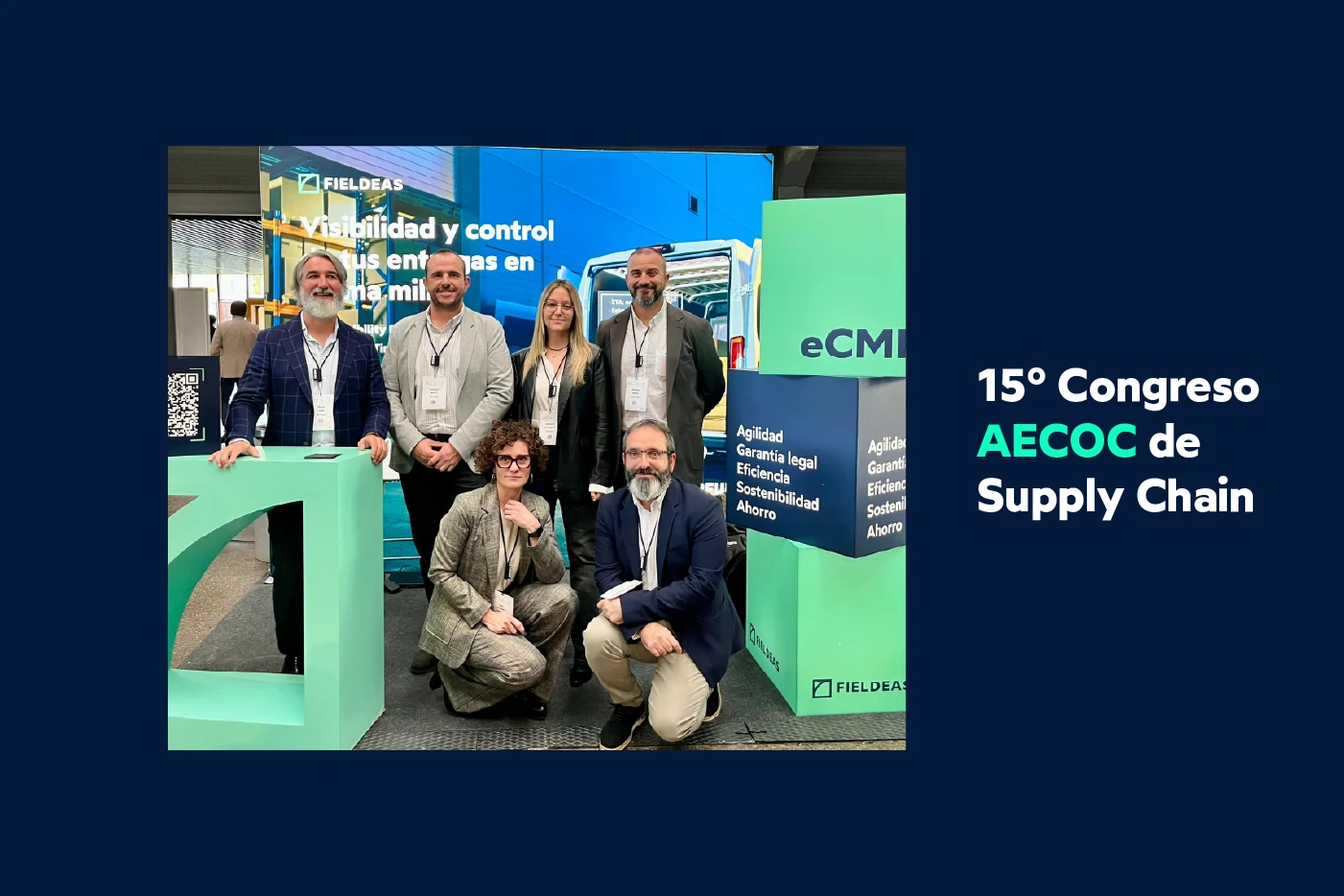eTIR: The success of collaborative digitization in freight forwarding


Although there are not too many examples that demonstrate that public-private collaboration on digitization in transport and logistics is feasible, we cannot overlook the case of the eTIR Regulation.
The eTIR system is a clear example of how collaboration between different stakeholders can drive the digital transformation of freight transport with tangible results.
This system, which digitizes customs transit, demonstrates that international cooperation is key to optimizing processes and achieving more efficient global trade.
The eTIR Regulation is the electronic version of the global customs transit system or TIR (Transit International Routier or Transport International Routier).
As explained by the Association for International Road Transport (ASTIC), eTIR, which the United Nations (UN) and the International Road Transport Organization (IRU) launched on May 25 when Annex 11 of the TIR Convention entered into force, allows all contracting parties to carry out cross-border TIR transports by electronic data exchange, without the use of paper TIR Carnets.
This translates into paperless cross-border transport of goods, vehicles and containers in 77 countries on five continents.
Electronic TIR allows Customs to receive advance information from the transport professional’s declaration so that they can perform risk analysis and, ultimately, speed up border crossings and reduce costs.
The TIR Regulation was born in 1949 from the IRU’s initiative to help Europe after World War II to revive its trade relations, explains ASTIC.
Its aim was to breathe new life into Europe’s war-torn trade links by facilitating the transit of people and goods.
To this end, an alliance of national passenger and freight road transport associations from eight European countries was formed, which secured representation of this industry in the newly created United Nations Economic Commission for Europe.
By 1959, the success of the TIR system, which significantly reduced waiting times at customs, led to the TIR (Transporte Internationale Routier) Convention, which was updated in 1975 to cover container transport and came into force in 1978.
At present, according to United Nations data, the TIR Convention has 77 contracting parties worldwide, including Spain and the entire European Union.
According to IRU, TIR has been facilitating and securing international road transport and trade for more than 60 years. Thanks to it, vehicles and cargo containers with customs seals can transit countries without being checked at borders.
In other words, this international customs regime facilitates the transport of goods across borders, minimizing customs controls at intermediate borders.
It operates under a series of principles and procedures that guarantee transport safety and efficiency.
With the digitization of customs controls, this whole process is simplified and streamlined, as customs will have the vehicle and merchandise information in advance.
We can state unequivocally that the eTIR Regulation is a success story of collaborative digitization.
The supporting reasons are:

The success of eTIR as an example of collaborative digitization offers valuable lessons and a strong impetus to advance the digitization of transport documentation, especially with the implementation of the eCMR or electronic consignment note.
Both eTIR and eCMR share similar objectives, such as:
These similarities make the eTIR experience particularly relevant to further progress in the widespread adoption of eCMR.
In summary, the success of eTIR in the collaborative digitization of the TIR system provides a model and motivation to move forward in document digitization with eCMR.
Lessons learned in interoperability, legal framework, industry acceptance and the achievement of similar objectives are crucial for a successful implementation of eCMR.
All in all, it can be said that eTIR paves the way for eCMR, demonstrating the value of collaboration and digitization in the transportation sector.


07 Nov 2025
Measuring to improve: why your digital form needs KPIs
In the current business scenario, where efficiency and traceability are key to competitiveness, the digital form has become an essential resource for capturing, organizing and analyzing data in real time….

04 Nov 2025
How to integrate eCMR into your company: A step-by-step guide to digitizing transportation
We have already talked several times in this blog about the importance of starting the digital transformation of transportation with document digitalization or eCMR. On this occasion, we are going…

31 Oct 2025
How digital forms drive sustainability in industry
Digital forms have gone from being a simple operational tool to become an essential component of industrial sustainability strategies. Beyond replacing paper, its use transforms the way organizations collect, manage…

29 Oct 2025
Supply chain challenges and the key role of digitization
The 15th edition of the AECOC Supply Chain Congress brought to the table the main challenges facing the supply chain in an uncertain, volatile and highly competitive environment. Under the…